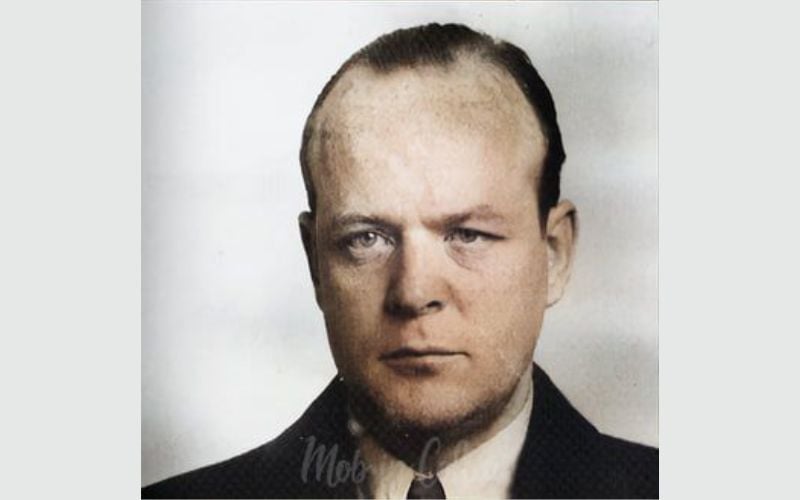| Cover of Finbar Furey's new album 'Colours' |
Finbar Furey has been telling stories for most of his 66 years, from the time he competed with the Beatles on the Irish charts with his brothers in the Fureys to Colours, his engaging new solo album.
Furey popularized and then influenced a generation of players with his skills on the uilleann pipes (by his teens he had won three All-Ireland medals, the Oireachtas and many Feisanna) and was the only piper ever to win the All-Ireland, the Oireachtas medal and the four province titles in the same year.
On Colours, he relies more on acoustic strumming and innovative percussion to tell his stories.
“I used some jig timing in the background and I love grooves of Irish music,” Furey explains during our extensive interview.
“My Aunt Dolly Furey used to have horses and I never will forget the rhythm of the hooves from the animals. That comes into play as well.”
Furey’s voice has a warm and weathered familiarity to it, operating somewhere between a growl and a whisper. It adds to the peaceful, easy feeling that permeates Colours on songs like “School Days Over,” which is the story of a father encouraging a son to make something of himself now that class time is over.
An album highlight is the playful “Walking With My Love,” a flirtatious duet with the legendary Mary Black. “No hurry to get back to town/we’ll get there in the end somehow/when I’m walking with me darling/walking with my love,” she purrs, a schoolgirl giggle escaping her lips after that line.
“My producer was working with Mary Black and he played that for her,” Furey explains. “She loved the song. She is just a queen of music and it was a great honor when she rang up.
“She had trouble at first getting into the groove I made, and when she finally got it you can hear her giggling like a kid if you listen closely. It was a thrill for me.”
The mark of a good storyteller means you can execute someone else’s tale so convincingly that the song becomes your own. Furey does this throughout Colours as he takes on Bob Dylan’s “Blowing in the Wind,” the first single he says he bought with his own money, and Phil Coulter’s “The Old Man.”
I spoke with Furey for almost an hour, long after I had enough material for this article. For every word below I could have written 10 more, with each story better than the next.
To feel the power of his storytelling, you would be well advised to catch his upcoming shows at Manhattan’s Joe’s Pub on May 29, World Cafe in Philadelphia on the 31st, or An Beal Bocht Cafe in the Bronx on June 29 and 30. In the meantime, here are the best bits from our chat.
How would this solo album be different from the work you did with the Fureys?
When I was with my brothers the music was very precious to what we were doing. We would be talking about Ireland and our heritage. My father always said, “No one owns the heritage, it’s ours.”
When we parted with my brothers I wanted to go a different route. This is an extension of that, writing my own songs and then singing ones that meant a lot to me over the years.
Why did the Fureys disband at the top of your game?
Our last concert was brilliant at Carnegie Hall. But yet the music was caught in a rut, losing track of one another, managers involved. Throughout that I never stopped writing. I am very passionate about what I’m doing, and my culture.
They were my brothers, they weren't just a band. You always had family around us and you miss that at times, yet it was time to move on all the same.
What was the story behind “Once When I Was?” It’s a beautiful song.
Thanks. We would run around in our bare feet, run wild for the day. I found an old crow that couldn’t fly. The crow was dying to go into the sky but it couldn’t. I stayed until it died and then I buried it.
It’s funny how memories like that from your childhood stick with you all this time. That’s the moment I capture in that song.
I loved your take on Phil Coulter’s “The Old Man.” How did you pick that song?
I have great admiration for Phil and his music. My father was one of those educated travelers that everyone called the professor. When I told the story of my father’s passing to Phil he wrote that song and it is just a lovely tune. It’s such a famous tune in Ireland and a real honor to my dad.
Wow. I never knew that. You can really hear the influence of the Fureys in the modern Dublin folk scene. What do you think of the scene now?
You can hear Ronnie Drew talking, you can hear U2 in the alleys. Dublin has an amazing feel when you walk around.
I think this crop is bringing what we do to an even deeper level. They’re magic. Paddy Casey, Glen Hansard, and Damien Dempsey (Damo) are all taking the tradition to the next level. I am so proud of Damo.
Then on the other side, you have the big shows furthering the culture in their own way. My oldest son Martin Furey is with the High Kings with Bobby Clancy’s son Finbar. He’s named after me, I’m his godson. They are also taking the traditional roots and building on it.
I’ll tell you, the culture is in great hands with this lot.
Do you feel responsible for the scene or are you gratified by it?
I don’t look at it like that; everyone makes their bones. I have some influence on them, of course. It’s like me and John Lennon. He was a huge influence on me but I didn’t mimic him. You just take a drop of that influence and do your own thing.
I love the song “Walking With My Love.” How did this song come about?
I wrote the song seven or eight years ago, right after I left the band, with a more traditional melody. I put this song on but the melody didn’t suit but yet I thought it was a great piece of poetry. I re-did it with the banjo.
The lyrics were inspired by a time when I asked my mother how she met my father and she said he tracked her home after a night of busking. He had to go through the parents, the roads, and the animals of Ireland, and that made him the bravest man in Ireland after all that.
She said, “Our honeymoon was every barn on the way home.” It took them a month to get back from Dublin. So the song is about that.
What’s next after Colours?
I’ll be playing lots of shows, of course. I want to make one last great piping album and then I think
I’ll call it a day. Not retire, mind you, but I would just let the other kids do the rest.
For more information, log onto www.finbarfurey.com
Here's Finbar Furey with Mary Black singing 'Walking with my Love:'




Comments